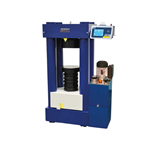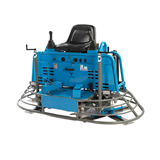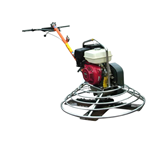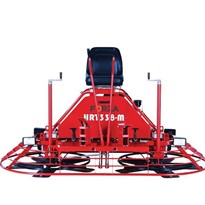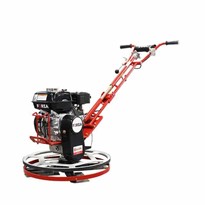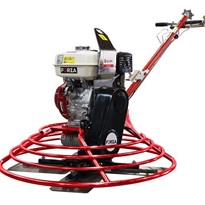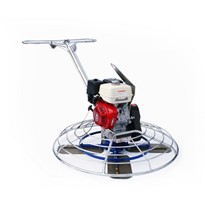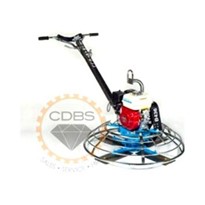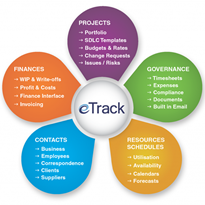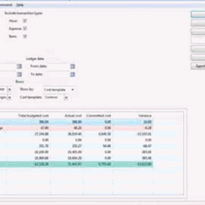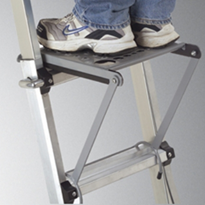Purchasing a trowel machine is probably not something you do every day, so it’s essential to ensure you get the suitable machine. There are so many factors to consider including:
- Walk behind or ride on
- Size
- Weight
- Panning or finishing
- Engine size & type
- Speed
- Replacement parts & blades
Let’s start with walk-behind or ride-on.
Walk-behind trowel machines are by far the most commonly used type; however, ride-on trowel machines are invaluable for finishing large concrete areas. Unlike walk-behind machines, ride-on trowel machines feature two spiders (blade assemblies with typically 4 or 5 blades per spider) spinning in opposite directions. This allows the trowel machine to ride on the surface, resulting in a flatter surface and better productivity.
As a general rule of thumb, one ride on troweling machine will do the work of 3 walk behind trowel machines. Due to the added weight, a ride-on trowel machine is also great for panning and burning finished concrete. However, ride-on trowel machines do come at a cost and don’t suit every application.
When purchasing a ride on, all the above factors need to be considered as well as a few others, such as the following:
Manual steer or hydro steer
Manual steer is usually featured on small to medium ride-on troweling machines; however, once you move up to larger machines, consider hydraulic steering, especially if you are considering panning with a larger machine.
While manual steering is much cheaper and less complex, it requires greater effort to operate as you are physically moving the spiders. If you are panning with a manual steer machine for a long period of time, this will create a lot of strain on the operators’ upper body.
Hydro steering takes all the effort out of steering the machine as the hydraulics do the steering for you. But remember hydro steering adds at least $10k to the machine's price.
Big is not always best
A common mistake we see contractors make is buying the biggest machine available only to find it is not suited to what they do. If you are buying your first ride on trowel machine, we recommend a smaller machine that can both pan and finish. Once you are comfortable with that unit, you may consider pairing it with a larger dedicated finishing machine to increase your fleet and capacity.
If you are considering purchasing a ride on trowel machine, we recommend talking to an expert first.
Trowel machine size
Whilst some manufacturers offer different ranges of sizing, the following sizes are typical across most major brands:
- 24” (600mm) – Typically with a rotating / edging ring
- 30” (750mm) – Typically with a rotating / edging ring
- 34” (850mm)
- 36” (900mm)
- 40” (1000mm)
- 46” (1150mm)
- 48” (1200mm) – To our knowledge, the Wacker 48” ride on trowel machine is the only true 48” trowel machine
The size of the machine generally refers to the troweling width of the machine. The type of work you are intending to do will influence the size you may require. There are no set rules as to what size machine is best for what job, but the following are our recommendations:
24 & 30” trowel machines
As mentioned above, these normally feature a rotating ring which allows the machine to trowel right up close to a wall. The ring rotates as you move along the wall. Both sizes are great for:
- Garages & small shed slabs
- Stipple finishing driveways and pathways (using a float pan)
- As a dedicated edging machine for industrial work
We will cover blades further in this blog, however it is important to note that these machines cannot be fitted with combination blades.
Find out more about trowel machine blades, click here to read our blog post: Trowel machine blades – which ones do I need for my project?
34, 36 & 40” trowel machines
These machines are best suited to house slabs, large shed slabs, commercial factories and high-rise flat work.
Depending on the type of work you are doing, you will need to also consider weight and engine size etc. which we will delve into further.
46” trowel machines
This is the biggest size of walk behind trowel machine available and is typically used for large commercial slabs and warehouses.
Due to the large blade span you can obviously cover more area. These size machines generally provide you with a flatter finish.
The 46” is also the heaviest machine, making it great for achieving a burnt finish on commercial slabs and warehouse floors.
Trowel machine weight
The weight of a trowel machine is a major consideration as weight is more than ease of lifting. It’s about how early you can begin finishing and the type of finish you require.
Light-weight trowel machines
Typically, a lighter machine is preferred with residential concreting such as house slabs and shed slabs. This is because contractors typically don’t have access to lifting equipment to move the machines safely, and also, the lighter the machine, the earlier you can begin finishing.
If we break this down further, look at the weight per blade. For example, a 36” machine weighs 80kg, and the weight per blade is 20kg. Now, look at a 40” machine. The weight is 85kg spread across 4 blades and the weight per blade is about 22kg. However, this small increase in weight spread across a larger area actually means there is about the same downforce per blade with a 40” machine as a 36” machine, but a 40” machine will potentially finish a larger area quicker.
Heavy-weight trowel machines
A heavier machine is better for burn finishing a slab or finishing a slab in hot conditions. In hot conditions, the surface of the concrete dries very quickly, and a heavier machine is required to ‘break’ the surface to finish the concrete. A heavier machine will tend to cut through any ‘bumps’ created in the finishing process whereas a lighter machine may tend to bounce over them.
The difference between a light and a heavy-weight machine normally comes down to two obvious things: machine size and engine size. The larger the machine's size, the heavier it is. The larger the engine size, the heavier it is.
So, if you want a light machine, choose a suitable size with a smaller engine. If you want a heavy machine, choose a larger machine with a larger engine. Select a smaller machine with a larger engine if you want a smaller heavy machine.
But what does a larger engine do? Let’s take a look.
Trowel machine engine type and size
Fuel type
The choice between a diesel and petrol unleaded engine is an easy one. Petrol engines are by far the most common and don’t generally make any difference to the machine's performance.
Due to their lower emissions, diesel would only be required when operating in confined spaces such as tunnels and mine sites. However, diesel engines add quite a lot of expense and weight to the machine.
Engine size
Contrary to what you may think, bigger engine size does not mean it spins faster; it means it has more power, horsepower, to be precise. The larger the trowel machine, the larger engine you need to turn the blades. As larger engines are heavier, they create more down weight which is desirable in certain applications.
The most important reason for a larger engine is if you intend to pan with the machine. A pan requires much greater force to move on wet concrete hence the need for greater power.
Panning or finishing?
Panning
As mentioned earlier, panning creates more resistance than troweling, which is why you need a larger engine. When purchasing a trowel machine, you need to consider how the machine will be used. Are you intending to only finish with this machine, or do you want to pan and finish?
The term panning refers to attaching a metal pan to the blades of the trowel machine. Panning or floating is normally carried out in the early stages of finishing to further flatten the surface and bring “cream or fat” to the surface in order to provide a better surface.
Note: not all trowel machines can pan. You need a heavy-duty gearbox if you are intending to pan. If you try to pan with a machine that is not suited to panning, you WILL damage your gearbox.
Finishing
Finishing, as the name suggests, is the final troweling of the concrete. When creating a burnt finish, speed and weight are key to creating a great burnt finish. This is even more essential when finishing with Teflon or plastic blades.
Troweling machines can be sped up with the use of speed kits for the ultimate burnt finish.
Speed up kits
Regardless of the size of engine the machine has, trowel machines will generally all spin at the same speed, between 85 & 140RPM. No matter how hard you make the engine rev by tampering with the idle screws, you won’t get a much higher speed. However, we can safely achieve a greater speed by adjusting the pulley ratios between the clutch and the gearbox. If speed is an important factor to you, maybe you need to consider fitting a speed up kit.
Trowel machine replacement parts and blades
With the rise of global online marketplaces like eBay and Amazon, the availability of cheap imported trowel machines has risen astronomically. Whilst they may be affordable and potentially have a “branded” engine, they are generally cheap for a reason. We often find them to be of extremely low build quality. Furthermore, it’s nearly impossible to source spare parts for them, and more importantly, source trowel machine blades.
If a machine is offered as a package with say 10 sets of blades, be very careful. This will generally mean the blades may not be available to purchase in Australia.
Consider purchasing your trowel machine as an investment. As the saying goes, “the poor man buys twice”.
Trowel machine servicing and maintenance
Ease of maintenance and servicing is an important consideration as a machine breaking down in the middle of a pour is a pretty bad predicament. Maintaining your machine should be easy and hassle free. Things to look for include:
- Does the machine have sealed bearings?
- Are there greasing points on the base / spider?
- Do the blade arms feature adjuster bolts?
- Does the trowel machine ring prevent access to the blades during operation?
- Is the engine from a reputable manufacturer?


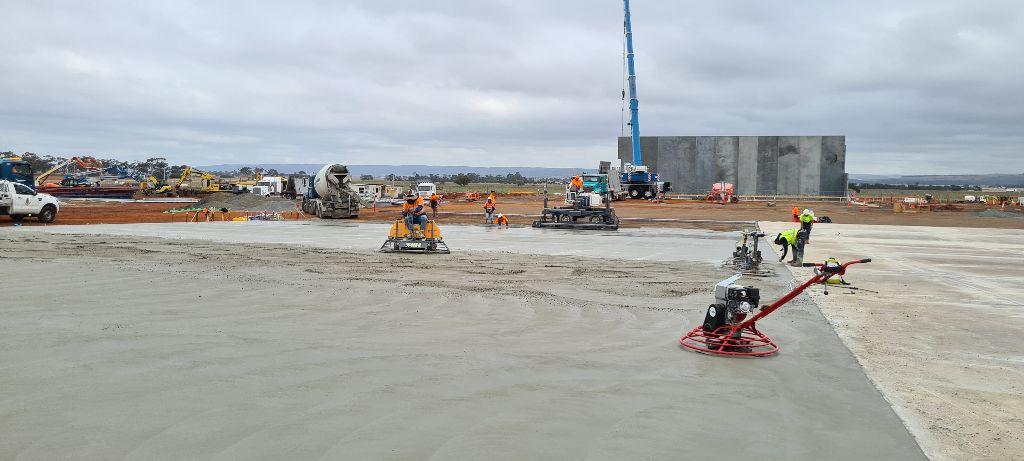


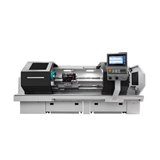





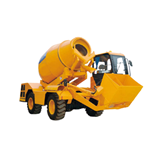




-160x160-state_article-rel-cat.png)







